
How to prepare for a baby's discharge from the hospital? Many parents think about this, especially if they are in this situation for the first time. To begin with, it is worthwhile to prepare something in which the child will be discharged from the hospital. Traditionally, these are clothes and an envelope, which is later used for outdoor walks, so the product should be comfortable and practical.
- Winter
- Summer
- Demi-season
Winter

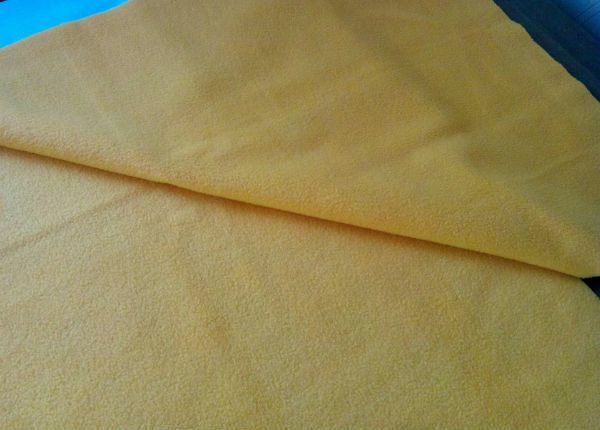
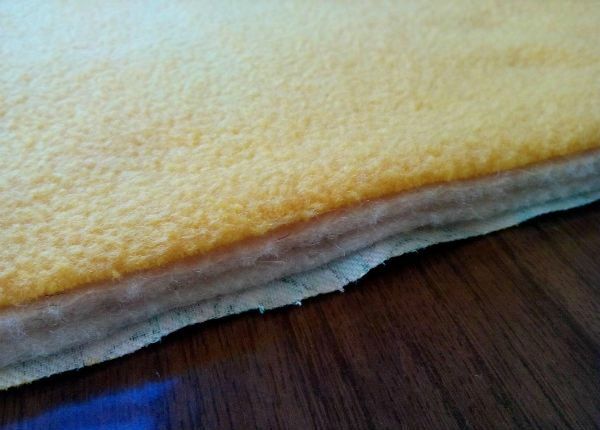
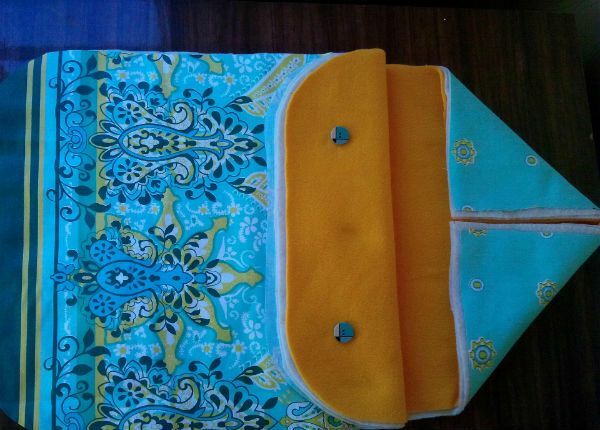
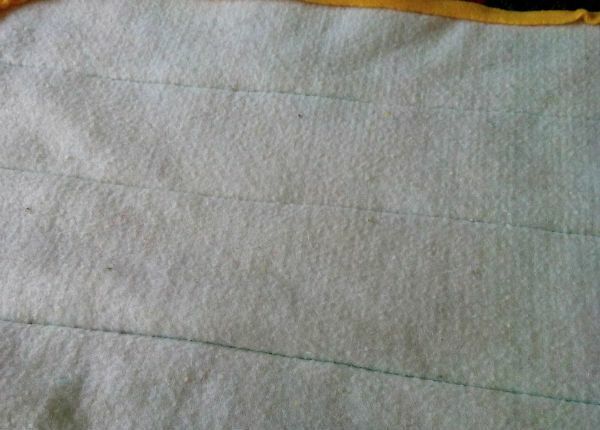
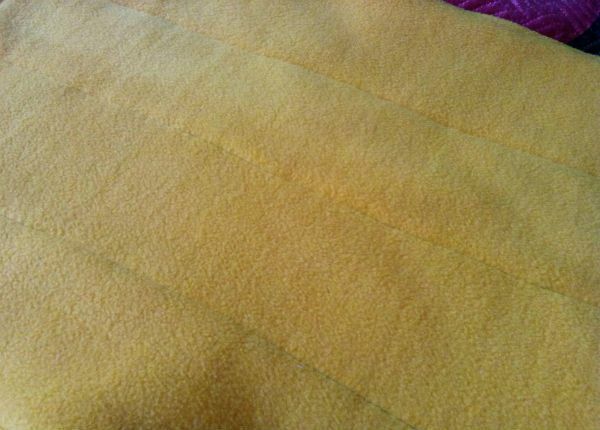

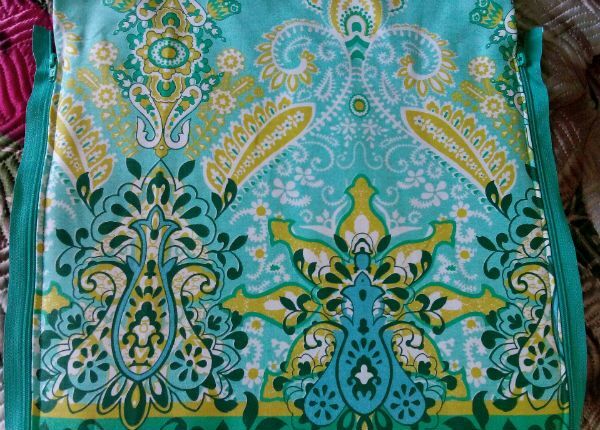

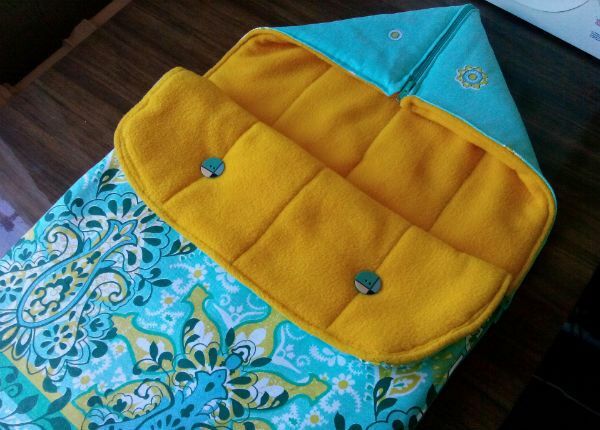
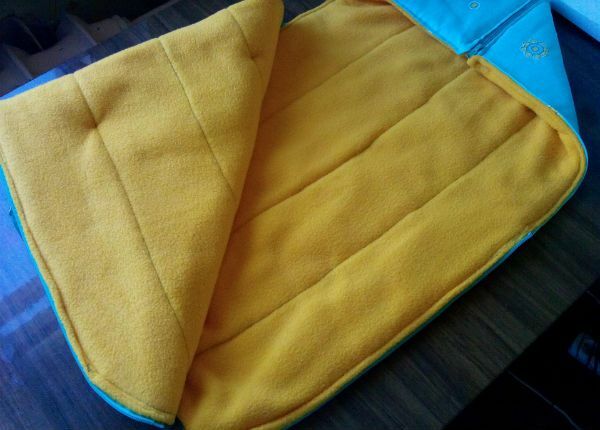
To make a winter envelope, we will need:
- fabric( preferably it was fleece or the material identical in terms of heat preservation properties);
- heater( for example, hypoallergenic thermolin);
- 3 zippers and threads for color.
Pattern: The size of the product is 75 centimeters by 40 centimeters. Before cutting, two main parts are drawn, which differ in size. The lower, measuring 75 centimeters by 40 centimeters, is a rectangle with rounded edges. Allowances are left for 2 centimeters. The upper has a size of 65 centimeters by 40 centimeters. All corners of the part are rounded and also allowances of 2 centimeters are left. Then the cloth is cut from the calculation of 2 parts of the insulation for 1 main fleece. All layers of parts are added together.
Stitching:
- The inner layer of fleece and the heater are stitched first so that the stitches are in the middle.
- Lightning is sewn into the outer part of the product from both sides.
- The outer part of the overall is stitched at the edge.
- On the upper part, leave 25 centimeters for the lapel.
- The lower part is sewn identically, but, in addition to the main zipper, additional lightning is sewn to undo the hood.
- At the final stage, you need to sew the top and bottom along the edge.
Summer
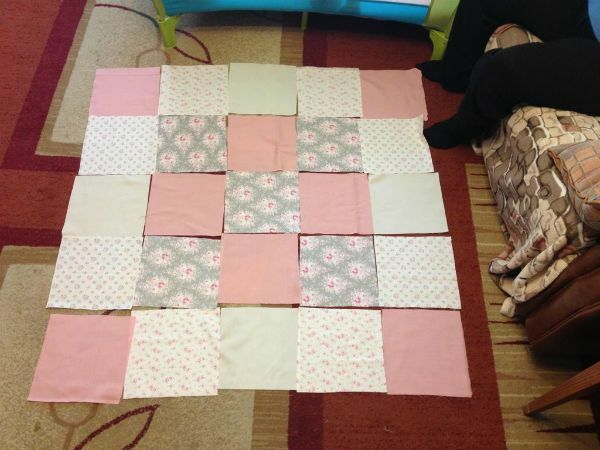
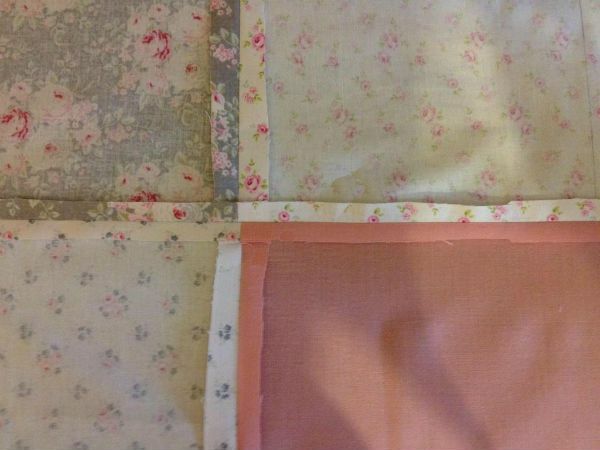
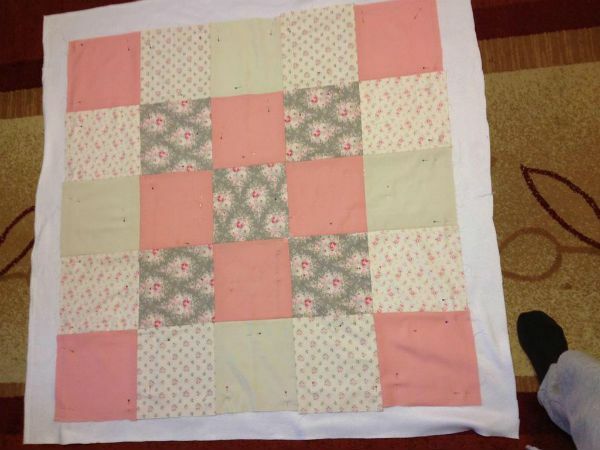
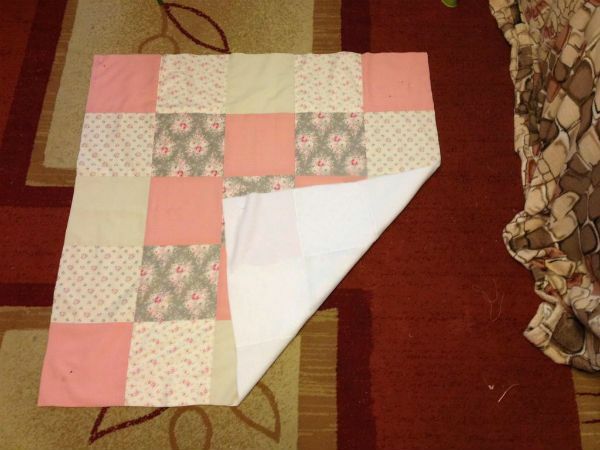
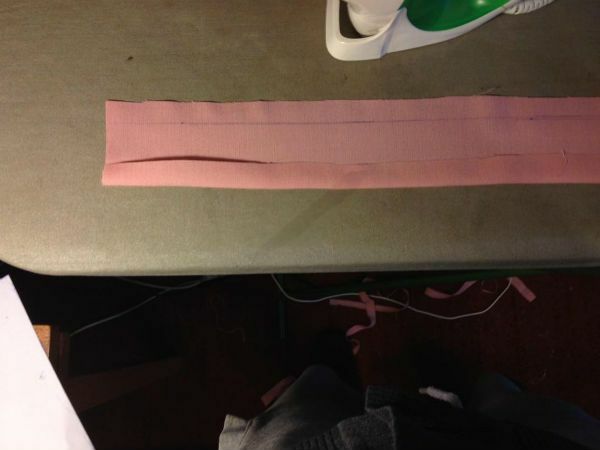
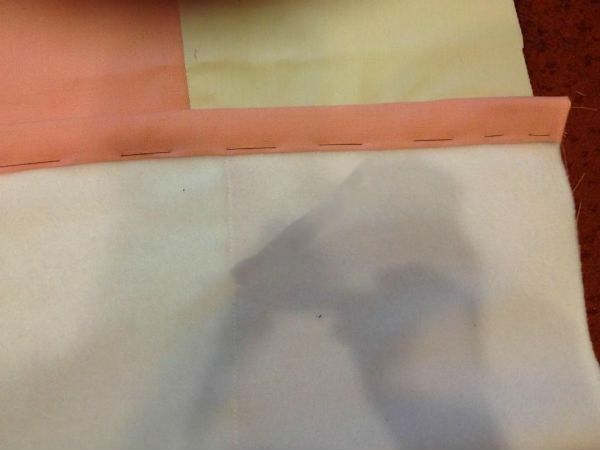
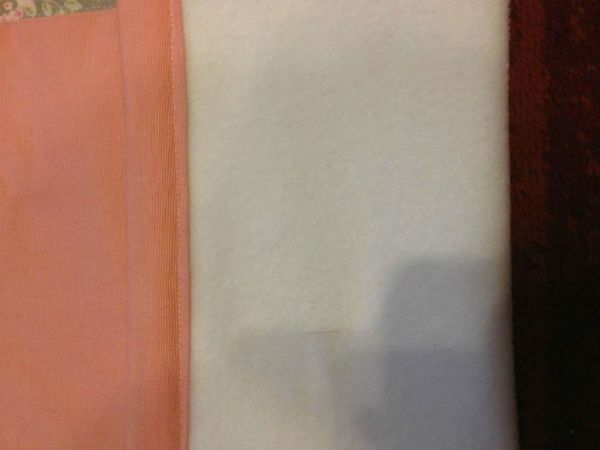
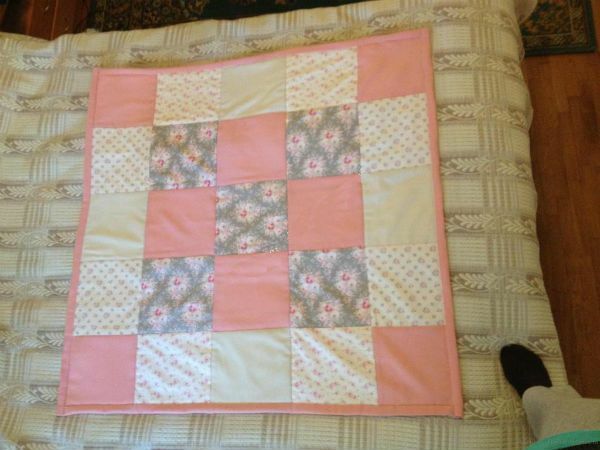
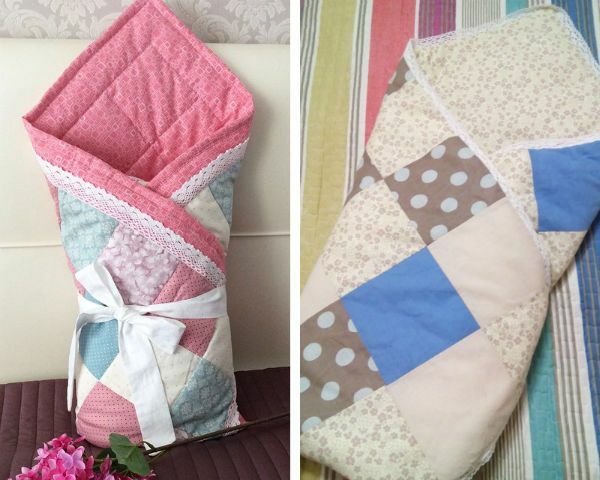
Newborns can not regulate their body temperature, therefore, to avoid overheating it is recommended to use thin, breathable materials.
You can also use a quilt as a summer envelope.
You will need:
- cloth set;
- fleece;
- 2 coils of thread in tone;
- ruler;
- soap;
- scissors;
- 30 to 40 pins;
- sewing machine.
The product is created as follows:
- Crawl of a fabric of different colors of 25 squares of 20x20 centimeters, without forgetting at the edges to leave an allowance of 1.5 centimeters.
- We form an ornament from the tissue squares. For what they are first stitched vertically and the vertical strips are fastened with pins. The inner side of the strips is ironed.
- Next they sew on the machine.
- In the lower part of the blanket is placed a white fleece with an allowance of 5 centimeters on the sides. The parts of the blanket are fastened with pins to each other.
- The blanket is stitched with squares, retreating from the seam 1-2 mm.
- Then from a fabric we cut out four strips in length of 110 centimeters and width of 5 centimeters. It will be a bake, which is sewn on 2.5 centimeters from the edge of the blanket.
- The bacon turns out on the side of the fleece and is stitched with an allowance of 2 millimeters.
- Then the ends of the bake are wrapped inside, and the blanket is stitched between the bake and black threads.
Demi-season
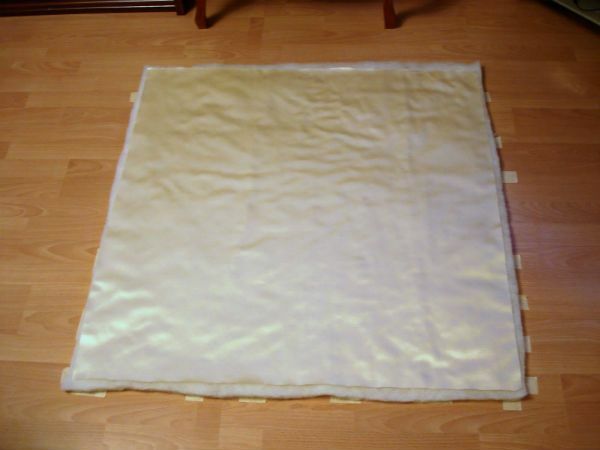
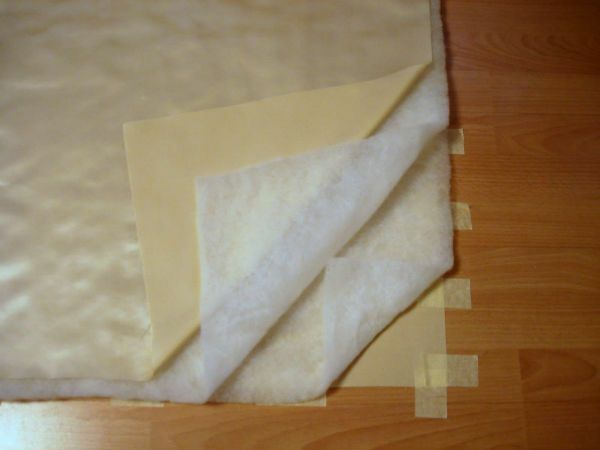
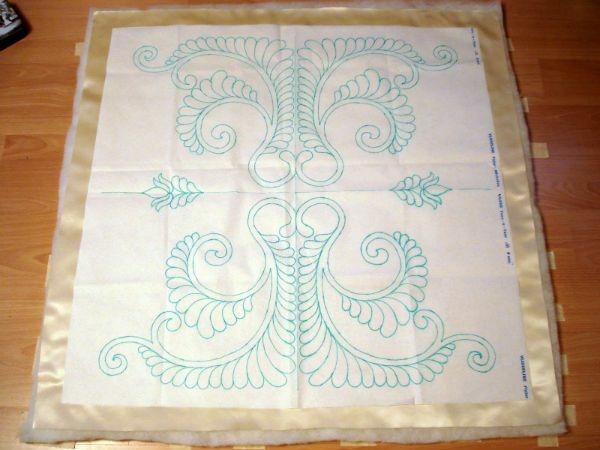
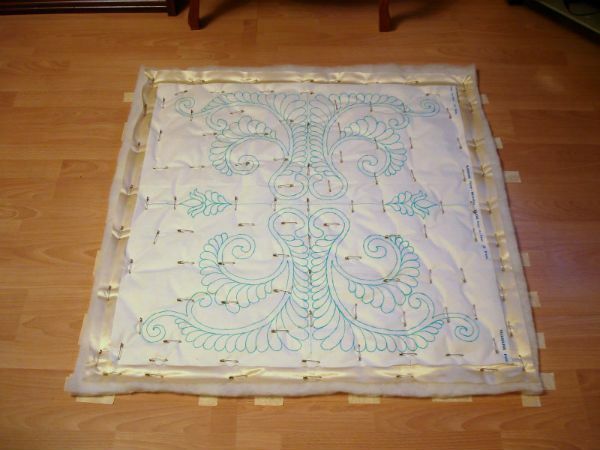
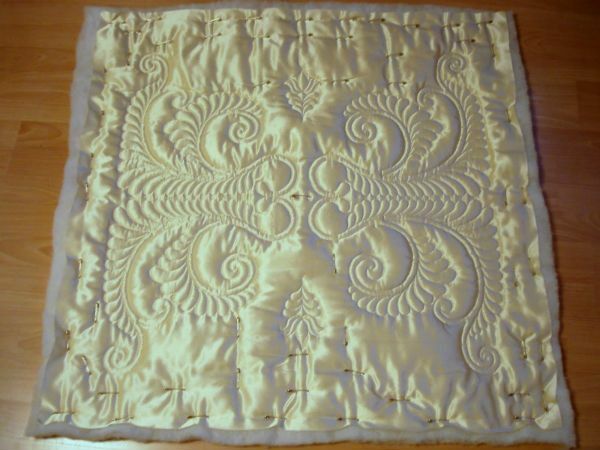
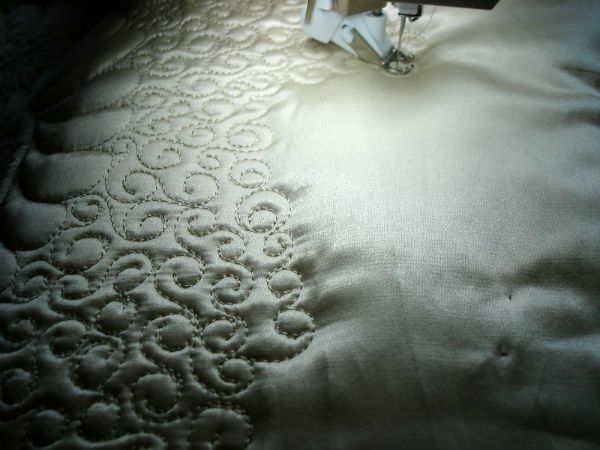

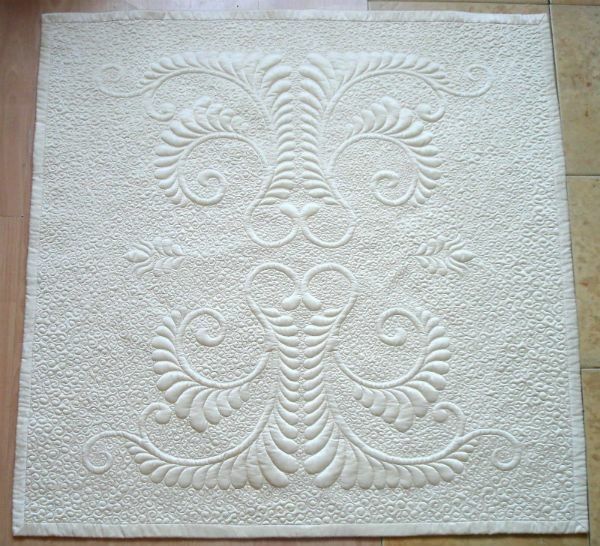
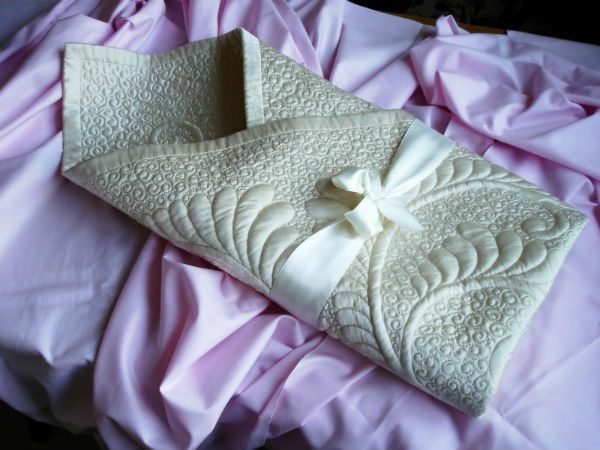
During the off-season on discharge from the hospital, weather instability should be taken into account, so the fabric for making the envelope must be sufficiently dense.
To work on the demi-seasonal envelope, you will need:
- fabric for the implementation of patchwork techniques;
- scissors for cutting;
- sintepon;
- millimeter paper;
- simple pencil;
- vanishing marker for drawings on fabric;
- pins;
- stabilizer;
- needles and threads in tone.
The algorithm of operation is as follows:
- The desired pattern is applied to the millimeter paper, which is translated with a pencil or marker on the stabilizer.
- Two squares measuring 95 centimeters by 95 centimeters are cut from the fabric.
- For edging, you need 4 strips 8 centimeters per 100 centimeters.
- A layer of sintepon is placed between the squares of the fabric, the stabilizer must be placed on top. Then the whole structure is connected with the help of pins.
- The pattern is stitched with small stitches, the same in size.
- The paper is then removed.
- Remains of paper are easily removed when washing.
- From the middle, the free space on the fabric is filled with a micro-stitch.
- It will be necessary to remove the sintepon on the edges with a roller knife and to turn the product over.
